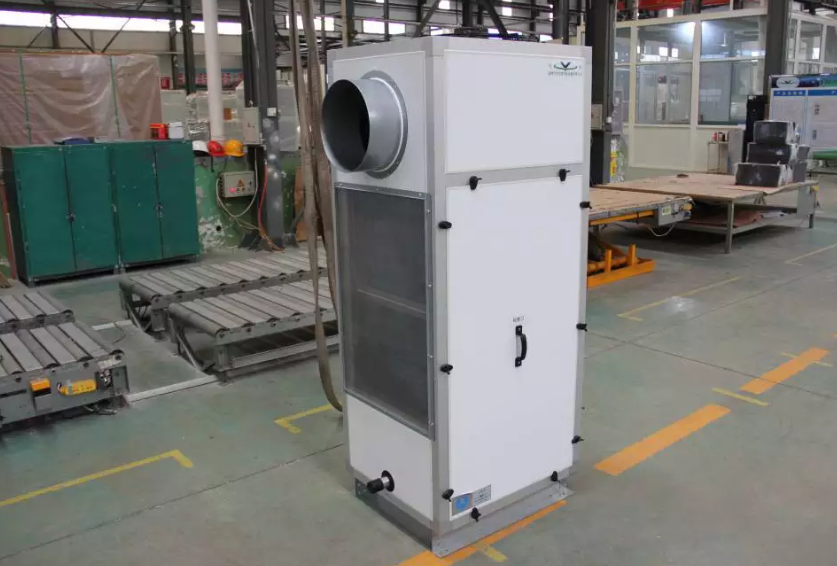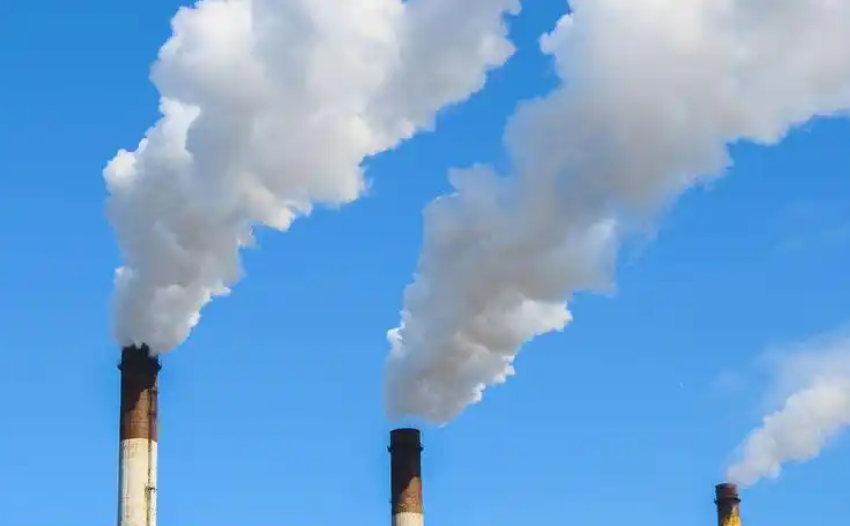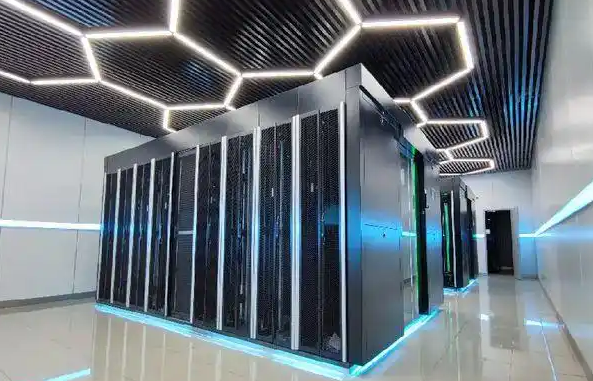The exhaust gas generated by paper mills during the production process has the characteristics of high temperature, high humidity, and foul odor. If directly discharged, it not only pollutes the environment but also wastes a large amount of heat energy. To solve this problem, our company has developed a whitening and defogging heat recovery device for drying waste gas in paper mills.

working principle:
Heat exchange principle: Using the principle of plate heat exchangers, heat is exchanged through a series of parallel metal plates. High temperature exhaust gas flows through one side of the plate, while fresh air flows through the other side, transferring heat through the plate wall to achieve waste heat recovery.
Cooling and heating process: Firstly, the high-temperature exhaust gas is cooled to a temperature close to the ambient temperature, and then heated by a reheater to make the exhaust gas temperature higher than the ambient temperature, thereby eliminating the phenomenon of white mist.
Technical advantages:
Efficient and energy-saving: By recovering waste heat from exhaust gas, energy consumption and operating costs are significantly reduced.
Environmental protection and emission reduction: effectively removing moisture and odorous components from exhaust gas, reducing pollution to the environment.
Compact structure: small size, light weight, easy installation, and occupies less space.
Application scenarios:
Paper industry: Recovering heat during the paper drying process to preheat the air entering the dryer, improve drying efficiency, and reduce fuel consumption.
Food processing industry: Recycling waste heat from the drying process of grains, vegetables, fruits, etc., to preheat fresh air and improve drying efficiency.
Chemical industry: Recycling high-temperature waste gas from the drying process of chemical products for heating other process gases or air.
Textile industry: used for the recovery of waste heat during the drying process of textiles, improving drying efficiency and energy-saving effects.













